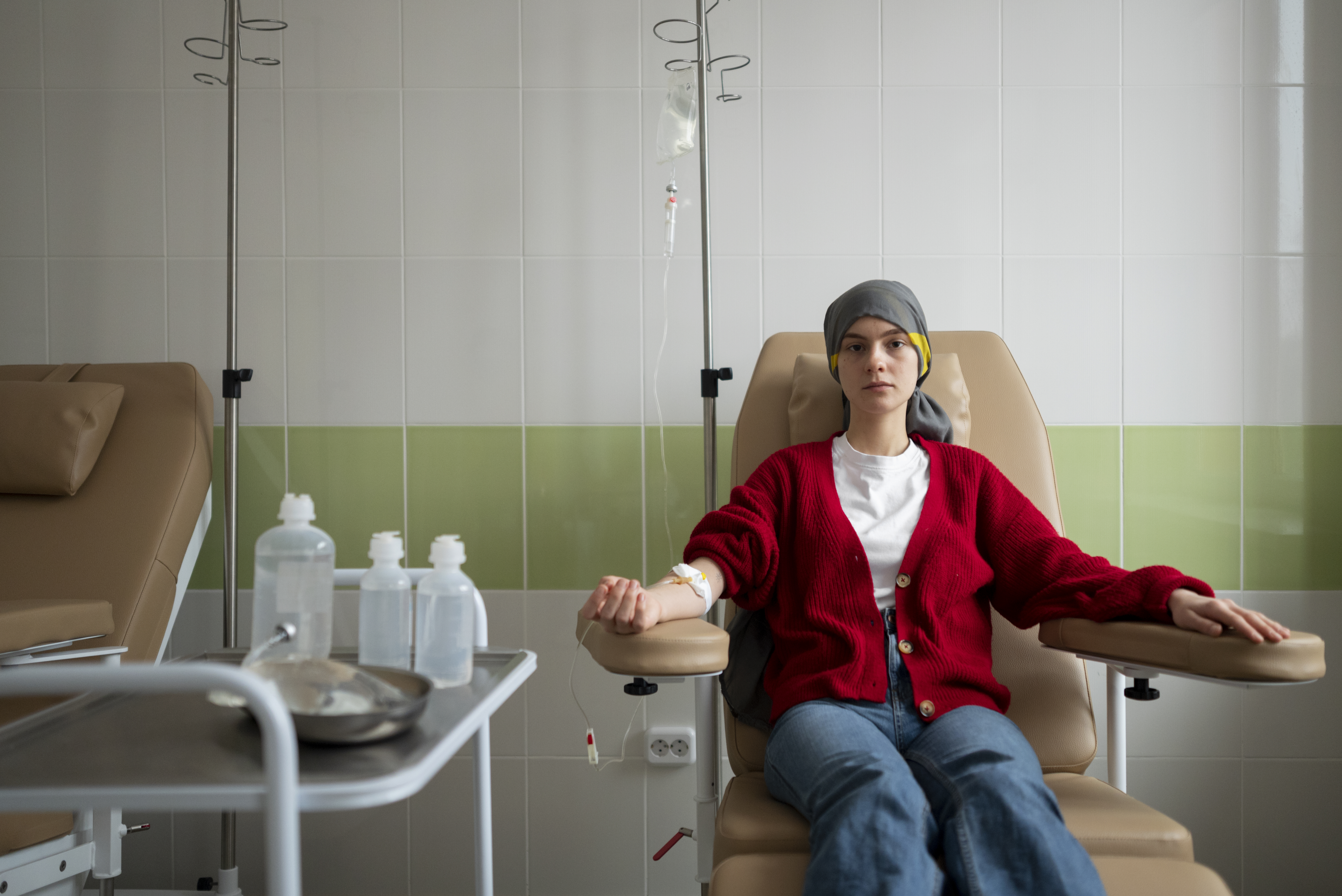It’s early fall in Toronto. The trees are turning to flame, the days are getting cooler and shorter. The nights are getting longer.
It’s just after 7 p.m. The lowest hydro rates have kicked in and for the second time this week I’ve thrown a load of laundry into the washer.
Suddenly, I’m thrust back in time. I’m five years old. I’m in Ashhurst, a tiny village in the lower North Island of New Zealand.
I’m just waking up. Out of my bedroom window, I can see in the distance the sun peaking over the Ruahine Ranges. It’s spinning gold threads in and out of the blue and green patchwork of the hills.
“Rise and shine,” I hear my mother call.
“Feet on the floor, I need those sheets.”
It’s washing day, so it must be Monday.
At five, I was almost old enough to be useful.
It was my job to sort the washing into piles: whites here, darks there, in-betweens in two piles under the ironing board. Handkerchiefs into the special handkerchief pot ready for boiling on the stove. Hand-knitted, wool jerseys set aside to be washed by hand in a mixture of lanolin and Lux soap flakes.
Mum would drag the washing machine from its home position in the corner of the washhouse to stand in front of the two tubs. The washing machine was green and round with a set of rollers attached at the top. A hose pulled out from the back that split into two and was attached to hot and cold taps above the tubs. As the machine filled with hot water, Mum added washing powder and any leftover bits of hard soap.
She’d start with the whites. As the sheets, pillowcases and towels swished around she would remake the beds with clean sheets and rush back and forth to the kitchen getting a start on breakfast.
Back in the washhouse, she’d begin the rinse cycle. She’d grab the sheets with a wooden stick and then slowly guide them one-by-one through the rollers to squeeze out the excess water before they flopped out the other side into a tub filled with cold water and a Reckitts blue bag.
“Always throw in some blue,” she would say, “It keeps the whites, white.”
My mother made it clear, keeping the white’s white was extremely important.
“People judge you by what they see on your clothesline,” she said, “You don’t want dirty grey looking sheets and stuff hanging all higgledy piggledy.”
I loved seeing the clothes go through the rollers. But I was a little scared of them. Once I tried to put my undies through the wringer. My fingers got caught and my arm was pulled through to above my wrist by the time my mother was able to switch off the machine.
While the sheets were in the first rinse tub, the first load of in-betweens — my dresses, my brother, Stuart’s light-coloured shirts and shorts and my father’s underwear — went into the machine. My mother’s underwear never ever was washed in the machine. She rinsed her ‘smalls’ out by hand every night.
While the in-betweens did their swishing Mum would drag the white washing out of the first rinse tub, push it through the wringers into the second rinse tub. From there it went through the wringers for a third time into a large basket ready for the clothesline.
With her apron pockets bulging with wooden pegs, Mum would grab the basket and rush outside to get the sheets on the line before the in-betweens were ready for their rinsing.
The sheets were pegged on the outside wires of the rotatory clothes line. As the wind hit them they would billow up looking like huge white birds dive bombing to the ground.
The wind was a big deal on washing day. Sometimes there was not enough but usually there was too much.
“That bloomin’ wind,” my mother would say with emphasis, using her closest word to swearing. “It ruins everything.”
I knew she meant more than the way it tangled up the sheets. She meant the way it blew her fine hair into a mess, the way it ruined her gladiolas and most of all it meant she didn’t like Ashhurst, which she called a bloomin’ windy hole. .
Back inside, between focusing on the in-between loads, Mum would soak and gently rub the woollens. After rinsing, she’d roll them in towels to squeeze them dry before laying them flat on a rack made especially for that purpose by the village handyman.
As the washing progressed to the darks, the water in the tub got murky. Mum would half empty the machine and then add clean hot water and more soap powder.
Finally the darks like my father’s work pants, my brother’s dark pants, socks and anything red, because the colour might run, would be washed and rinsed and taken outside to join the rest of the washing on the clothesline. Up they would go in perfect order, everything sorted by colour and size.
After the darks were on the line, Mum would prepare soup or sandwiches for lunch, she’d put the handkerchief pot on the stove to boil. As the hankies popped up and down in the boiling water Mum would prod them with a peg. The handkerchiefs went through two rounds of boiling with soap and salt and then a third round with just water.
“I don’t understand those filthy people who put their dirty snot rags into the machine,” she said on a regular basis. And folks who put their tea towels in with the wash were, well that was appalling!
Early afternoon my dresses and my father’s shirts would be brought in off the line.
“Bring them in damp,” she would explain, “because then they’re easier to iron.”
She’d switch other things around on the clothesline so they better caught the sun or the wind.
Back in the washhouse, Mum would wash out the machine with clean water and roll it back to its home in the corner. The floor would be washed, dried and polished.
Like most afternoons, we would walk to the village shops to the butcher or the baker and sometimes to the grocery store for vegetables, although mostly the vegetables were grown in our garden. Occasionally, Stuart and I were allowed to get a pennies worth of lollies from Joe Borrett’s dairy.
Once home, Mum would be at the clothesline checking on the washing. At the same time she’d pull a few weeds from the flower garden and grab whatever vegetables were ready to eat. Bright orange carrots and tiny, new potatoes still sprinkled with earth. Spinach leaves, dark green and shiny or perfectly formed beans picked from the overflowing garden trellis.
Late afternoon, the last of the washing was brought inside and folded ready for ironing.
When bedtime came, almost 12 hours later, the sheets were in the airing cupboard, ironed smooth with little bags of lavender in between. My dresses were hanging in my wardrobe. Dad’s work pants had their creases ironed into place and were hanging over the airing rack. Mum would still be ironing the small things like underwear and handkerchiefs which were always left to last.
As I’m daydreaming about lace-edged and embroidered hankies I’m brought back to the present by the sound of the dryer announcing my laundry is finished.
In less than two hours it will be washed, dried, folded and put away. No ironing for me.
“Good night Mum,” I say to myself, “It turns out I didn’t need to know how to wash and iron linen hankies but you’ll be pleased to know I don’t wash the darks with the whites and I never wash the tea towels in the washing machine with dirty clothes. I wash them by hand just like you did.






